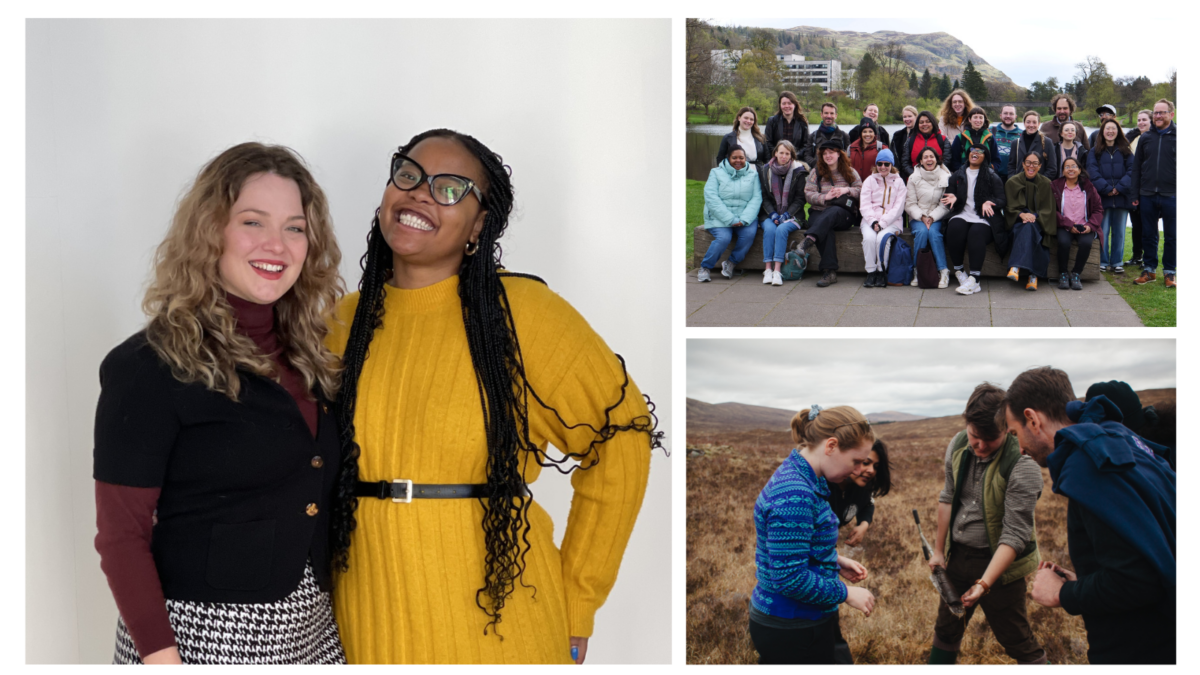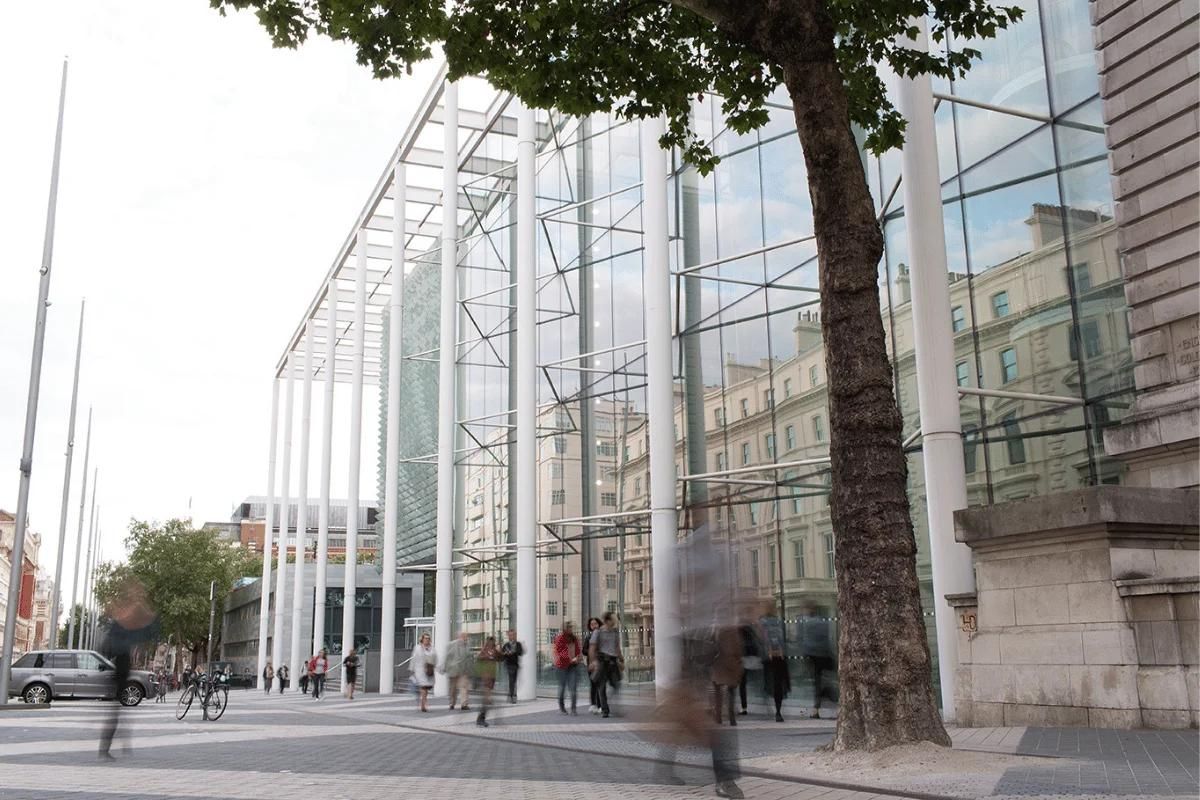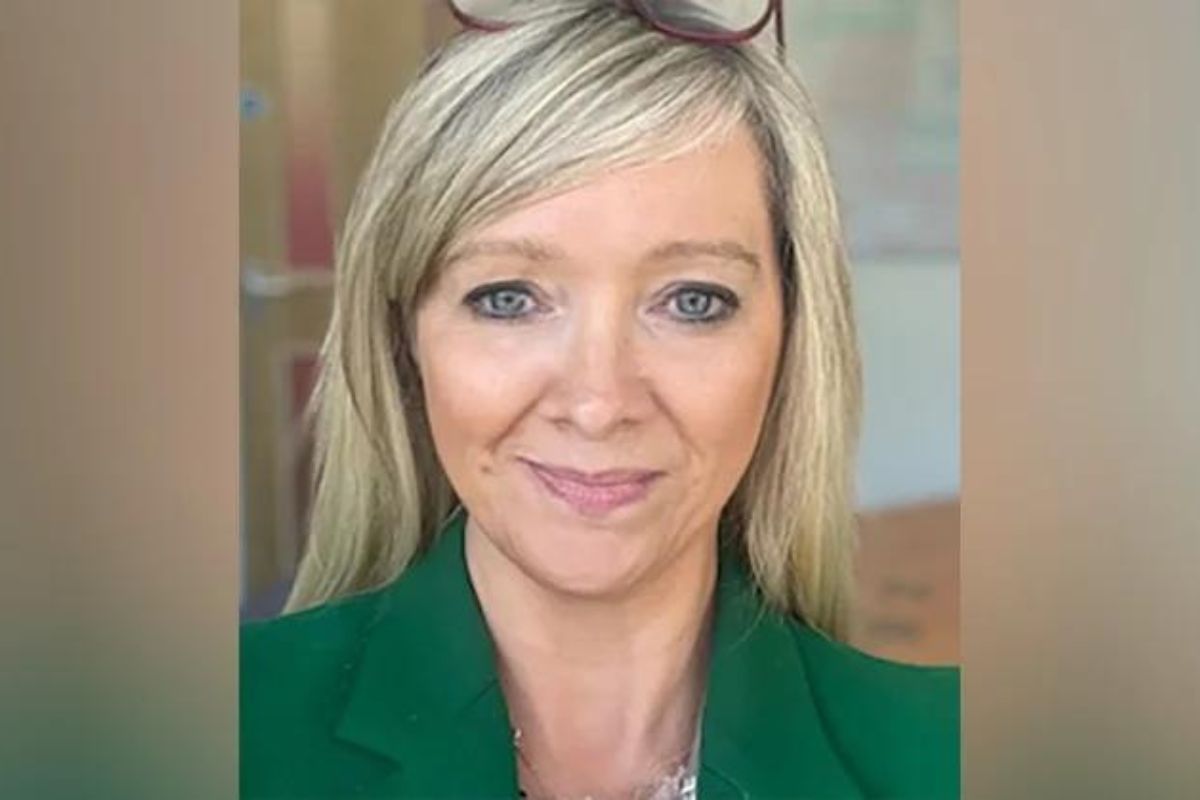Sustainable Education is within reach, just look at your curriculum

When the Department for Education (DfE) published their draft climate change and sustainability strategy at COP26, the international climate change talks held in Glasgow in November, one thing many commentators have observed is the lack of reference to widespread curriculum reform.
Research undertaken by the Education and Training Foundation (ETF) last year showed that less than one in 200 learners in the Further Education (FE) and Training sector were studying for qualifications that contained explicit sustainability content – and these were largely on science and geography courses.
However, sustainability isn’t purely the realm of scientists and geographers. Sustainability includes environmental, social and economic dimensions – the breadth of the UN’s 17 Sustainable Development Goals (SDGs) clearly demonstrate this. Naturally, to achieve these goals (which the UK Government has committed to, alongside nearly 200 others around the world), it’s going to take scientists and geographers, but also communicators, project managers, supply chain specialists, data analysts and designers. In fact, there’s no subject area or sector that won’t be impacted by the transition to a sustainable future.
This was one of the introductory messages in last year’s Green Jobs Taskforce report: “It is our view that taking a broad approach, which goes beyond simply looking at low carbon sectors, would be important for taking into account the full range of economic transformation needed to deliver the UK’s environmental goals, and the evolving nature of the transition to net zero.”
The DfE strategy, in its draft form at least, doesn’t contain a commitment to apply this ‘broad approach’ to curricula for the FE and Training sector. However, that’s not to say change isn’t afoot.
Some awarding organisations are already bringing a sustainability lens to their work – developing frameworks to embed sustainability outcomes and content across their portfolio, not just developing new specialist sustainability qualifications, in the same way that they’ve already done for functional and employability skills.
NCFE is one of these organisations. David Jones, NCFE’s Vertical and Horizontal Markets Manager says: “We understand the importance of embedding sustainability into the curriculum. We want to provide our learners with the opportunity to understand issues which are important and also equip them with the relevant skills they’ll need in their future lives and careers. We’ve developed an approach based on IfATE’s sustainability framework that we can apply across our portfolio, for all the sectors that we work in. This will bring sustainability into each area in a way that’s right for that subject or sector, rather than taking a ‘one size fits all’ approach. We’ll work closely with our learners and customers to test and validate the work we’re doing in this area, to make sure we get it right.“
However, this isn’t a universal approach. I recently sat at a roundtable where a senior leader of a well-known awarding organisation said it would take up to 14 years for their review cycles to allow sustainability to be fully embedded. When you consider the urgency and scale of some of the sustainability challenges we face, you could easily argue we don’t have 14 years to wait.
Although many educators report that their qualification specifications are a major barrier to delivering good quality education for sustainable development, others are bringing sustainability content into their teaching and learning practice, regardless of their curriculum specifications.
One example is Alan Goundry, Head of the Energy Academy at Newcastle College. The Energy Academy has taught engineering for 7 years and continues to use the same qualifications. But Alan and his team contextualise the qualification in light of sustainability, particularly renewable energy and innovative off-shore technologies, due to the prevalence of jobs in these areas locally. Alan works with local industry employers to provide learners and educators with access to modern facilities, add co-curricular activities such as working at sea or at heights that will help learners experience different career paths that relate to renewables – all whilst developing knowledge and skills that relate to the core principles of engineering. He’s not alone either – the ETF recently published a host of case studies demonstrating how educators in subjects as diverse as ESOL, hairdressing, construction and accounting are bringing ESD content into their teaching and learning.
As well as the formal curriculum, it’s important to consider how learners develop knowledge, skills, behaviours and agency relating to sustainability through the co-curriculum and subliminal curriculum too. There are plentiful opportunities for the former through tutorials, career advice and enrichment activities. The latter is less well-known. How do your learners engage with sustainability through the norms and culture of their learning provider? Is a sense of enquiry and proactivity around sustainability amongst your learners, staff and wider community the norm? Does your estate and infrastructure make sustainability action visible? Or is it hidden out of sight?
Regardless of whether there’s a clear top-down driver for curriculum reform in the DfE’s strategy, there’s tangible opportunity to embed sustainability across FE and Training sector curricula. Indeed, there’s so much already going on that we should celebrate and learn from – it absolutely shouldn’t take fourteen years before all learners are sustainability learners.
By Charlotte Bonner, National Head of Education for Sustainable Development (ESD) at the Education and Training Foundation (ETF)












Responses